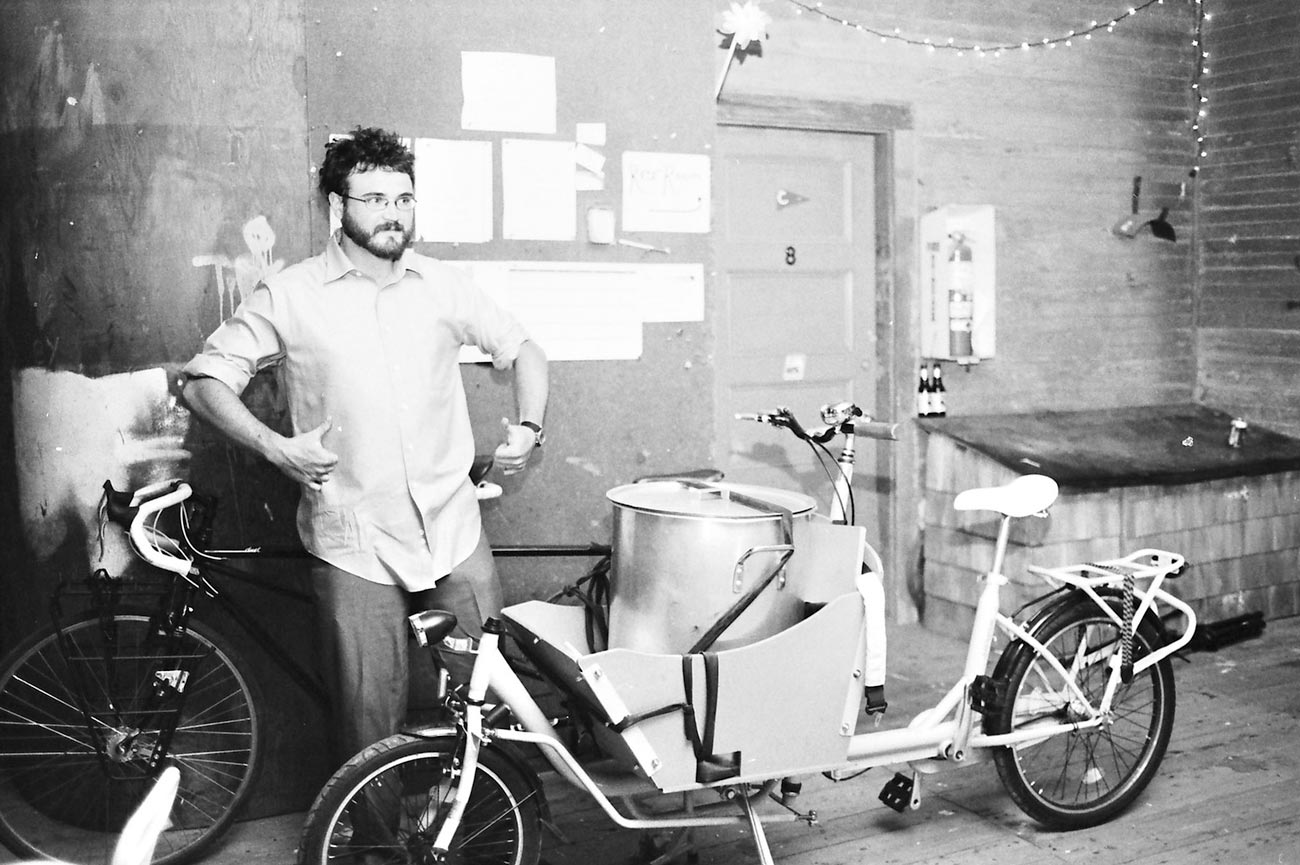Exposure Index (EI) Film Speed

Photo by waterj2. Licensed under CC BY-SA 2.0
The exposure index (EI) of a film speed is the rating of a particular film that varies from the recommended ISO film speed. For instance, 100 film speed may actually be used as a 400 film speed in what is called pushing film. Conversely, a 400 speed film may be used as a 100 speed film in what is called pulling film. By changing the ISO film speed to the EI speed, the photographer is speeding up, or slowing down, a particular film. When pushing film, the photographer can gain an extra one or two stops to obtain good negatives in low-light or motion conditions. For instance, if a photographer rates an ISO 100 film at EI 200, they gain one stop in exposure. Read more about this in pushing or pulling film.
The EI film speed setting may also be used in cases where the shutter of a camera is off timing and always overexposes or underexposes the film. There may also be instance where the light meter is inaccurately reading. In these cases, the photographer may adjust the EI rating to compensate for these errors. By forcing the EI rating faster than the ISO speed (pushing film) the photographer is underexposing the film. Forcing the EI rating slower than the ISO speeding (pulling film) causes the film to be overexposed. It should also be noted that when a photographer changes the EI rating, the film will require a different development time to properly develop the negatives. In addition, you cannot change the ISO speed midway through a role or you will under/overexpose half the roll and will have no way of fixing this.
Why Adjust the EI Film Speed?
- Accidents happen. If by chance you load 100 ISO film into your film camera and forget to adjust the ISO setting and leave it set to 400, you can still continue to shoot film and save it.
- Don’t have the right film. There may be many cases where you need a faster film but are only equipped with slower films. You can push the slow film to a faster EI speed to improve exposures indoors or help with motion photography. There may also be instances where you want to slow the film to capture blur motion or other effects.
- Contrast. In high contrast areas where there is an abundance of shade and bright light, lowering the film speed can help to reduce the dramatic difference in contrast. Conversely, increasing the film speed can add contrast.
- Grain. This is not for everyone, but pushing film will help achieve grain that is associated with faster films. Some photographers like the look.
You must also understand that pushing or pulling film with different EI film speeds will require you to compensate when developing the film. Pushing the speed will require over-developing the film while pulling the speed will require under-developing it. Read more about EI processing in the push and pull processing page under the film processing section.

















